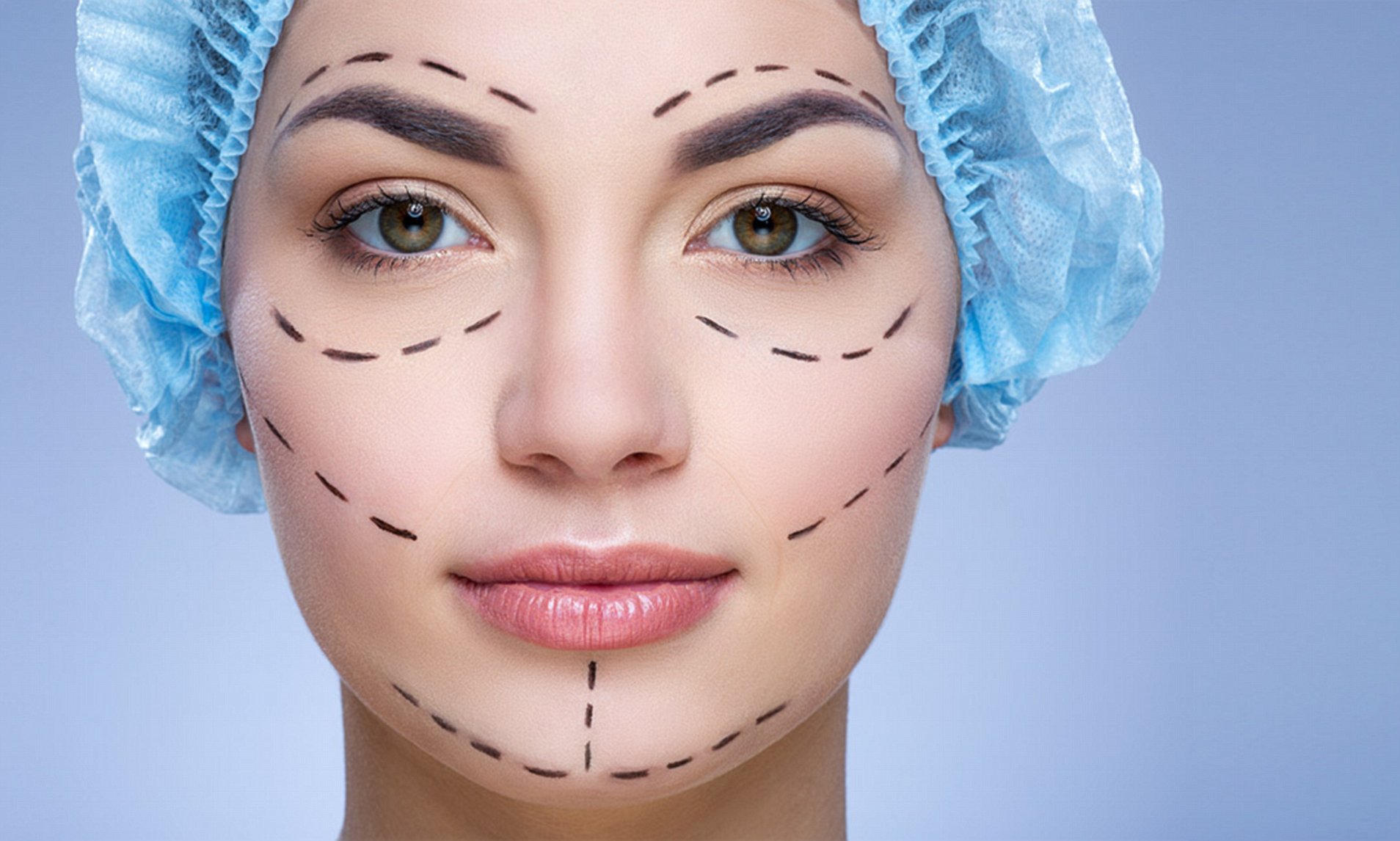Plastıc Surgery
Plastic And Reconstructive Surgery (Reconstruction And Repair Surgery)
Plastic and Reconstructive Surgery is a surgical branch that tries to eliminate congenital or acquired anomalies, shape and function disorders and correct body image. Plastic is a word from the Greek plasticos and it means to shape, to fit into a mold. Reconstructive is a Latin word and means reconstruction.
Plastic and Reconstructive Surgery deals with all kinds of surgical problems that occur on the whole body surface. Events that disrupt the body’s shape and function can be congenital, traumatic or acquired. For example; congenital cleft palate-lip, attached finger (syndactyly), vascular masses (such as hemangiomas); traumatic burns, facial injuries due to traffic accidents, various incisions and organ ruptures; acquired skin and soft tissue tumors, chronic wounds are within the scope of this surgical discipline. Losses in bone (especially face-head and hand bones) and cartilage roof (such as ear and nose cartilages), deformities, pathological events (tumor, cyst, infection, etc.) are also in the field of plastic surgery. In addition to classical surgical methods, microsurgery, laser systems, endoscopy and various chemical agents and drugs can be used for this purpose.
In summary; Plastic and Reconstructive Surgery works to repair any defects affecting the skin, subcutaneous and bones on the whole body surface. The basic rule of doing this is to make repairs with tissues similar to those which disappeared.
Plastic And Reconstructive Surgery Areas Of Interest:
Facial deformities, asymmetries, congenital masses, rare facial cleft
Cleft lip-palate
Craniofacial, maxillofacial anomalies (eg jaw, facial and head bones deformities, irregularities,
Orthognatic surgery (Jaw closure disorders)
Absence of auricle, scoop ear and other deformities
Nose defects, tumors, ruptures
Salivary gland problems
Congenital tumor, nevus (I), masses, vascular malformations, hemangiomas
Bone and soft tissue traumas of the face
Maxillofacial surgery (Traffic accidents, tumors and other causes of bone defects-fractures-shape and function disorders, jaw surgery
Head and neck tumors and their repair
Breast absence, asymmetry or excess breast tissue
Breast reconstruction after cancer
Gynecomastia (Males’ large breast)
Congenital anomalies of genital organs (Epispadias, hypospadias, vaginal agenesis etc.)
Repairs of genital organs, replantation of severed organs,
Chest and abdominal wall defects
Hand Surgery (Traumas, tumors, finger transfers, finger repairs-lengthening etc.)
Hand and foot deficiencies and deformities
Peripheral nerve problems (traumas, neuropathies, defects, masses)
Skin and soft tissue tumors
Acute burns and post-burn deformities, contractions, shrinkage, damage to soft tissues by electrical and chemical substances
Skin and subcutaneous wounds caused by various infections, radiation and other effects
Chronic wounds (such as pressure sores, venous wounds, diabetic foot wounds)
The rule for repair in plastic surgery is to choose the simplest and least harmful method. Primary repair of a wound (such as suturing) is considered, and if there is a loss of tissue, the application of the graft (skin patch) comes to the fore. In cases where this method is not appropriate (such as deep and complex tissue loss, open bone and tendon injuries) flaps should be used. Flaps are designed in a flow chart from local simple flaps (eg skin flaps) to composite flaps (containing multiple tissues) depending on the condition and location of the tissue defect.
The basic rule in plastic surgery is to repair the tissue closest to the missing tissue. Both plastic surgery and aesthetic surgery, primarily autologous tissues (taken from the person) is appropriate to use. However, donor sites for autologous tissues or other sources may be referred to if the patient is unsuitable (homografts, heterografts and alloplastic materials). For example, for large burns, skin grafts (skin patches) from the intact areas of the patient are preferred. If these areas are insufficient, skin obtained from other people, cadavers (homografts), or even animals (heterografts) may be used.
Other than autografts, they are used as temporary biological covers in humans, they cannot be wounded. Another example is bone loss. In case of facial bone loss, bone is taken from other body parts and applied to the defect.



